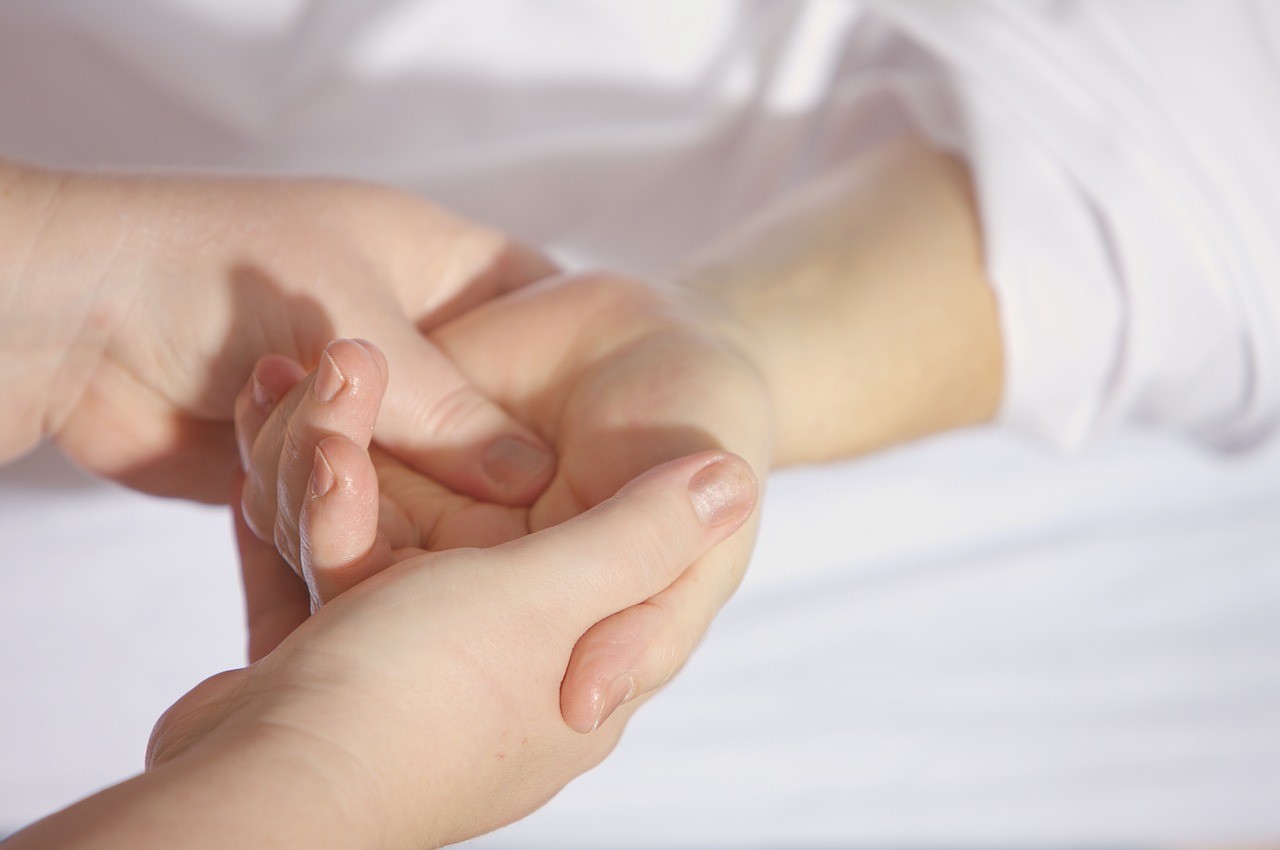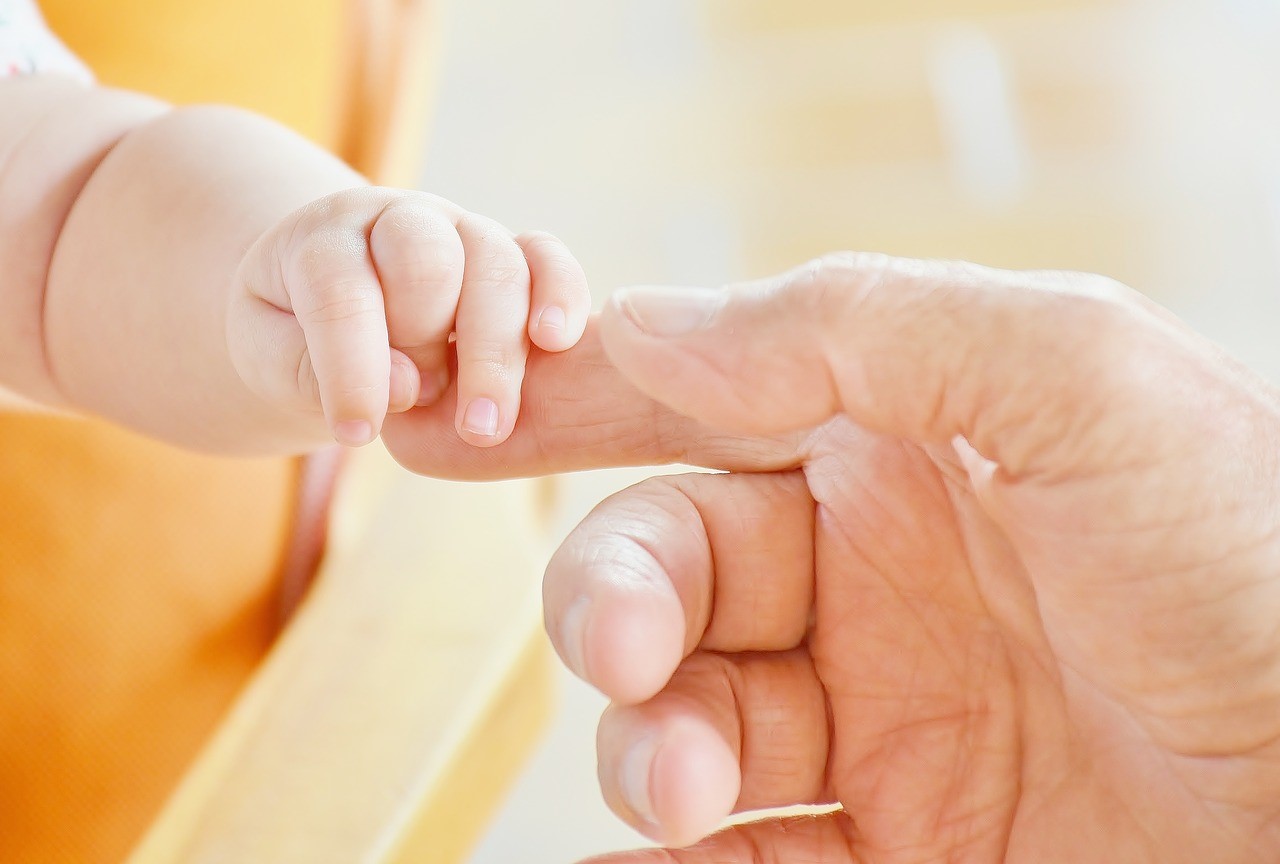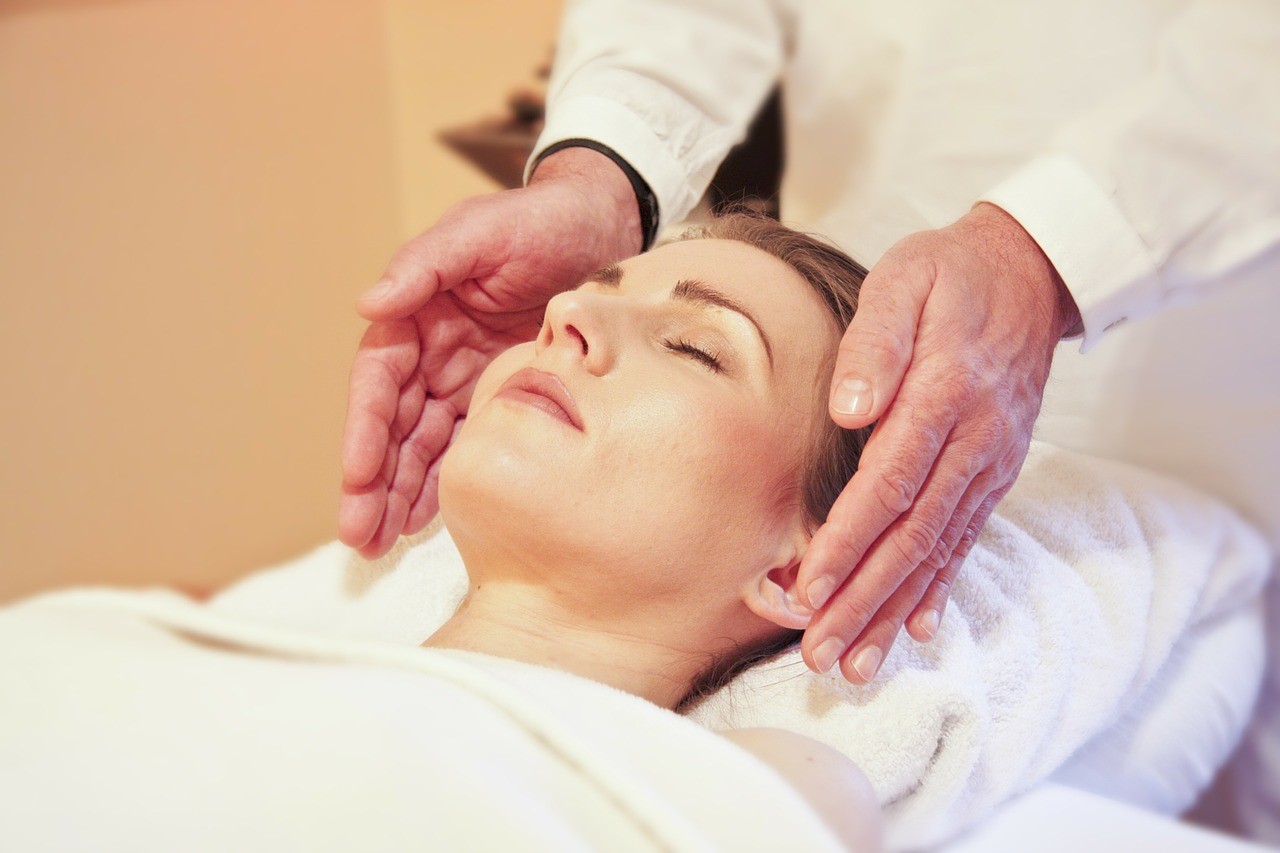
People get massages for a variety of reasons.
For example, one person might go simply for the luxurious experience. After all, who doesn’t love being pampered from time to time?
Another person, however, might go for medical reasons as massages are proven to help…
- Increase blood flow.
- Soothe muscular aches and pains.
- Reduce inflammation caused by arthritis.
- Heal the body from sports-related injuries.
- Improve flexibility.
- And more!
Clearly, there are a lot of benefits to utilizing massage therapy. That being said, there is one reason why bodywork and massage are so important that not many people talk about.
That reason–emotional healing.
While massage work has been known to help heal bodily pain and improve body function, there’s a healing emotional connection to the practice–a connection that has also proven to help people manage emotional disorders such as anxiety or depression.
Keep reading to discover why human touch is an essential part of managing or overcoming anxiety and/or depression.
The Psychology of Touch

From the day we are born, we need touch–not only to thrive, but also to live.
In fact, without touch, newborn babies will die.
We know this due to the unfortunate experiment that took place in 1944.
During this experiment, 40 newborn infants were used to determine whether individuals could thrive alone on basic physiological needs without affection.
According to the study…
“Twenty newborn infants were housed in a special facility where they had caregivers who would go in to feed them, bathe them and change their diapers, but they would do nothing else.
The caregivers had been instructed not to look at or touch the babies more than what was necessary, never communicating with them.
All their physical needs were attended to scrupulously and the environment was kept sterile, none of the babies becoming ill.
The experiment was halted after four months, by which time, at least half of the babies had died at that point.”
The study clearly concluded that human touch was necessary to life and that, without it, a person’s basic physiological needs couldn’t be met.
This doesn’t just pertain to infants, either.
The psychology around touch follows us throughout our entire lives.
This is especially true for seniors who often end up isolated and unable to visit family and friends.
An article from The Guardian points out that…
“Loneliness and lack of touch can be twice as unhealthy as obesity, according to researchers who found that feelings of isolation can have a devastating impact on older people.
The scientists tracked more than 2,000 people aged 50 and over and found that the loneliest were nearly twice as likely to die during the six-year study than the least lonely.”
The Medical Science behind the Benefits of Touch

As a doctor, I feel it’s incredibly important to take a look into the chemical reactions that occur within the body that prove touch is a vital part of reducing the effects of anxiety or depression.
Here’s a great overview from the Mayo Clinic Health System on how touch can help rebalance our hormones, leading to less stress, anxiety, and depression…
“A 60-minute massage can lower cortisol, a hormone that’s produced in response to stress, by an average of 30 percent. And when cortisol levels decline, serotonin — one of the body’s anti-pain mechanisms — increases by an average of 28 percent after receiving a massage.
By lowering cortisol and increasing serotonin, you’re boosting your body’s ability to fight off pain, anxiety and feelings of sadness.
The emotional balance massage provides can be just as vital and valuable as the physical benefits.
Massage provides a safe and nurturing place for individuals to relax, refocus and find clarity. It can increase awareness of the mind-body connection. Massage can generate confidence and enhance self-image and self-worth.”
While lowering cortisol levels is key to reducing stress and anxiety, there’s another chemical in the body that is released during a massage.
That chemical is our “feel-good” chemical, otherwise known as Oxytocin.
In fact, Dr. Kerstin Uvnäs Moberg–the author of The Oxytocin Factor– states that…
“Massage is one of the best ways to get oxytocin released into the body.
During a massage session, oxytocin is released not only in the person receiving the massage, but also in the giver.
On average, massage therapists show typical effects of high levels of oxytocin such as lower levels of stress hormones and lower blood pressure.”
Massage Therapy: So Much More Than a Luxury Experience

Most conventional medical providers are far more keen on handing out a prescription for a pill than they are to encourage patients to naturally ensure their basic needs are met.
At Carolinas Natural Health Center, we do things differently.
We know that whether you’re struggling with pain or battling with depression–or both–there are many natural remedies you can use to heal your body.
If you’re interested in seeing how massage therapy can become a part of your journey to better health, I encourage you to get in touch with us today!


